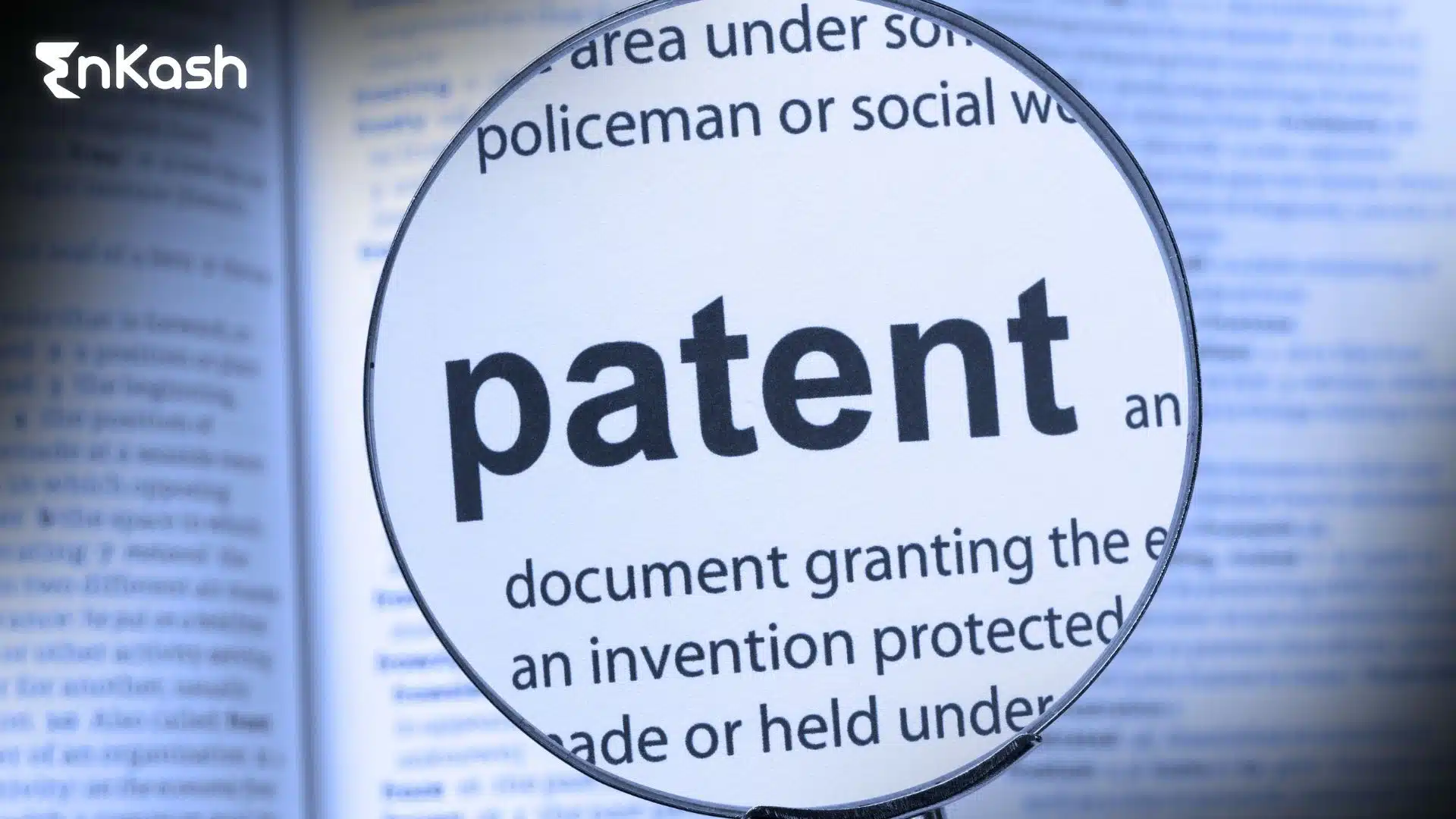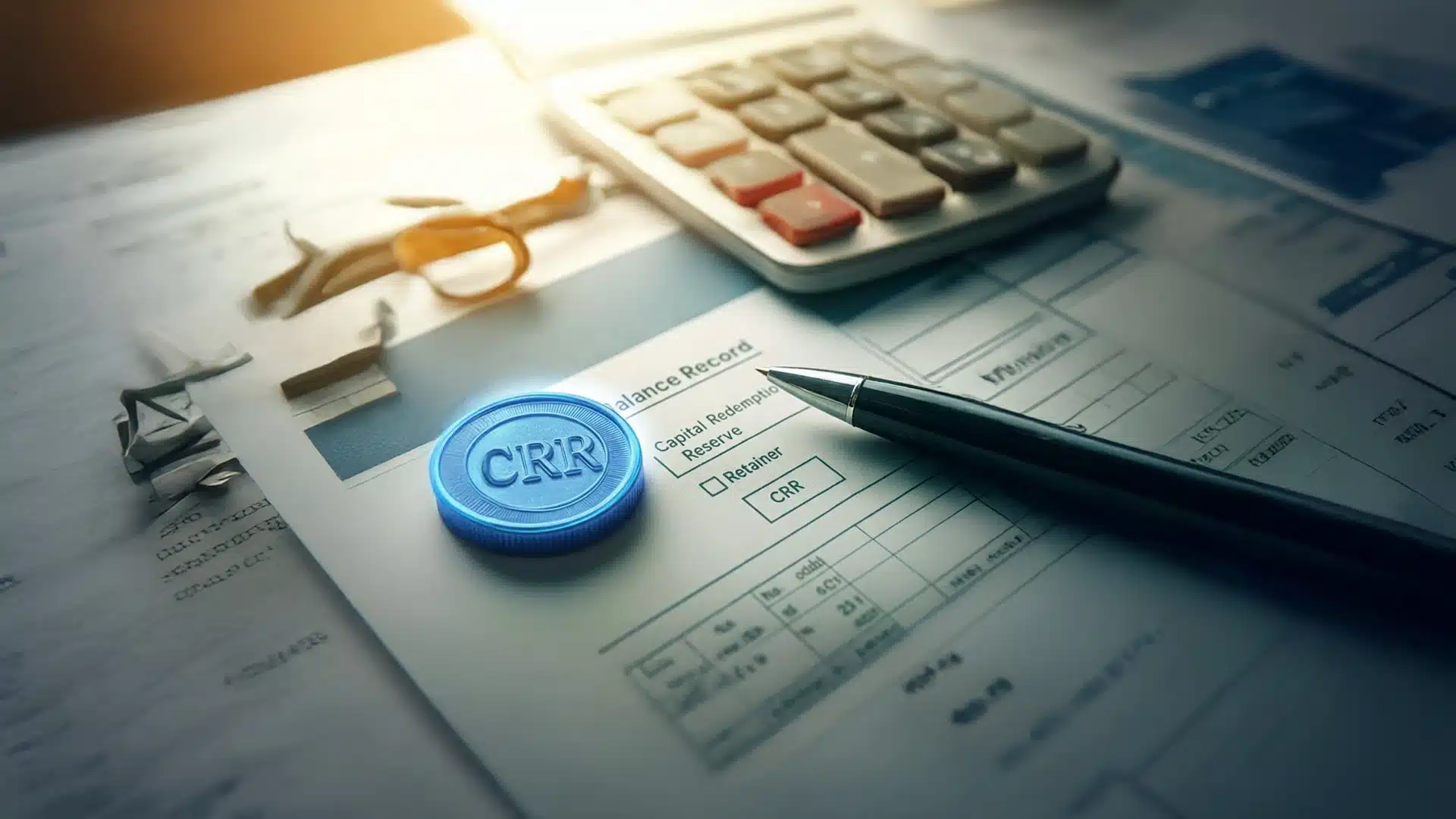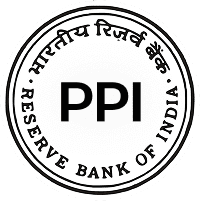Introduction
Today’s competitive landscape demands that new ideas be protected early, and patents are the means to that. A patent provides the inventor or creator with exclusive legal rights to their new product, process, or design, which lets them control its use, sale, or licensing completely. Patents protect innovations while promoting creativity, research, and commercial growth. In this blog, we will delve into what a patent is, its key benefits and rights, and the step-by-step filing process, hence making the protection of intellectual property so much easier for inventors and companies.
What is a Patent?
A patent is a government-issued legal protection that grants exclusive rights over an invention (product or process) for a certain time. A patent allows the inventor to make, use, sell, or license the invention, and restricts others from doing so without permission. Patents in India last 20 years from the filing/priority date, subject to renewal fees. The field of patenting is very wide, covering a range of patentable products or processes, and they are a major factor in the innovative and creative process. Through patents, an inventor not only protects his/her idea from being copied or misused by others but also gets the market’s competitive edge. It facilitates the monetization of the inventions through licensing or partnerships while also ensuring the recognition and ownership of the IP. At its core, a patent is a legal recognition that the idea is yours, providing both safety and chances to optimize the value of your innovation while contributing to technology and industrial advancement.
Importance of Patent
The ultimate goal of every inventor is to have their ideas protected and acknowledged, which is what patents grant.
Encourages Innovation
The innovators and their organizations are granted exclusive rights through patents to their creations, and thus, their ideas cannot be reproduced unless the required permissions are granted. The legal support inspires the innovators to work on the new creation, making it a technology, product, or process through spending time, effort, and money. With protection given to their invention, the fear of duplication is eliminated, and hence, a supportive atmosphere for creativity and innovation is created.
Protects Intellectual Property
A patent is the absolute protector of one’s intellectual property rights. This legal document recognizes the inventor’s ownership and therefore prevents anybody else from making, using, or selling the invention without first getting a license. This protection not only guarantees that the benefits of innovation go to the right person but also provides a legal basis for the right owner to fight against infringement.
Adds Business Credibility
The presence of a patent gives a company’s product or process more credibility in the market. It communicates to customers, partners, and investors that the company is creative and has a vision for the future. Patents are capable of raising a brand’s reputation and showing dedication to research and development.
Attracts Investors
The investors will more easily support the companies that possess unique innovations backed up by patents since the latter not only create a barrier but also provide avenues for generating income through licensing or selling the patented products.
Provides Competitive Advantage
The companies with patents are privileged to have a lot more power over their inventions, and they can choose to share this information with any competitor. Others are prohibited from making, using, or selling the patented invention without permission; the patentholder will then have the chance to lead that particular market and be able to take the most out of it by charging high prices.
Boosts Economic Growth
In the long run, patents are definitely one of the most effective means to make a country economically sound since they factor in technological progress and knowledge dissemination. They also create new industries, generate employment, and foster community development, spurring new industries, jobs, and productivity, and hence, funding the economic growth with innovation.
Benefits of Patents
Patents indeed grant a numerous benefits to inventors and companies, which are not limited to legal protection but rather to growth, innovation, and market leadership opportunities.
Exclusive Rights
A patent allows the inventor to stop competitors from completely using their innovation. This implies that only the patent holder has the right to produce, market, or license the product or method during the time of protection, which is generally 20 years starting from the filing date. Thus, the exclusivity stops others from imitating or taking advantage of the invention, and helps inventors strengthen their market position and gain a competitive edge. More so, the rights allow businesses to set prices according to strategies rather than facing the competition, which in turn helps them to extract the maximum value out of their invention.
Revenue Generation
A patent is commonly considered as an aspect of protection, but at the same time, it can even become a considerable source of income. To say the least, inventors can take advantage of their patents in the form of licensing them to other companies, assigning the patent rights, or even commercializing the invention themselves. On the one hand, licensing contracts can be lucrative through royalties as a result of continuous revenue, and on the economic side, patent rights can also give the owner a huge amount of money straight away. Furthermore, patent-protected technologies are often regarded as the reason for the total increase in the valuation of a particular company, thus attracting more investors and increasing the possibility of obtaining profitable partnerships or even expanding the business.
Market Advantage and Investor Confidence
Patents are a powerful tool in the market, and investors’ confidence is a direct result of them. Such a tool gives the business the right to sell its product or service that competitors cannot copy legally. This overlap of markets strengthens the brand and earns its loyalty. Besides, patenting is a loud announcement to the investors, lenders, and potential partners that the company is innovative and trustworthy. The investors often prefer companies with patented technology, improving access to capital and partnerships. Hence, by legal means, the companies will have all the good points covered, and in case of an invention, the innovators will be able to come up with even more.
Types of Patents in India
Understanding the different kinds of intellectual property protection available in India helps inventors and businesses safeguard their innovations effectively.
Under the Indian Patents Act, 1970, there is only one category of patent, granted for a product or process that is novel, involves an inventive step, and has industrial applicability.
However, many creators often confuse patents with other forms of protection, such as industrial designs and plant varieties.
Here’s how these categories differ and what they protect in the Indian context.
1. Product or Process Patents (Under the Patents Act, 1970)
A patent in India protects a new product or process that demonstrates novelty, inventive step, and industrial application.
It can cover inventions across industries—mechanical, chemical, pharmaceutical, electrical, or digital technology.
For example, a new engine mechanism, an AI-driven software process, or a pharmaceutical compound can qualify for patent protection if it meets the patentability criteria.
A granted patent gives the inventor exclusive rights to make, use, sell, and license the invention for 20 years from the filing or priority date, subject to renewal fees. During this period, no other person or company can exploit the invention without the inventor’s consent.
This monopoly encourages research, protects investments, and allows inventors to commercialize their innovations confidently.
2. Industrial Designs (Protected under the Designs Act, 2000)
While not a patent, a registered industrial design protects the visual appearance or aesthetic features of a product—its shape, pattern, ornamentation, or configuration—and not its functional aspects.
Examples include the outer casing of a smartphone, the shape of a bottle, or the pattern on a textile product.
In India, design protection is governed by the Designs Act, 2000, not the Patents Act.
A registered design offers exclusive rights to its creator for 10 years, extendable by another 5 years. This ensures that no one can copy or reproduce the distinctive appearance of a product during that period.
3. Protection for New Plant Varieties (Under the PPV&FR Act, 2001)
In India, plants and seeds are not patentable.
However, breeders who develop new, distinct, and stable plant varieties can obtain protection under the Protection of Plant Varieties and Farmers’ Rights (PPV&FR) Act, 2001.
This gives them the exclusive right to produce, sell, market, and distribute the new variety for a specific period (6 to 15 years, depending on the category).
This law encourages agricultural innovation while safeguarding farmers’ traditional rights.
Patent Holders and Rights
Patent holder is a legal term that is synonymous with patent owner. The person or organization that has completed the application process and is granted a patent is known as the patent holder. This process confers full and exclusive legal rights on the inventor. The invention cannot be manufactured, used, sold, or distributed by anyone else except through the patent holder’s permission. The patent laws (e.g., Section 48 of the Patents Act, 1970) safeguard these rights by giving the patent holder the right to sue in case of unauthorized copying, using, or selling of the invention. The patent holders are not only able to practice the invention their own way but also have the right to license it to others, leading to the generation of income while still retaining the patent ownership. The advantages of this licensing are that it can take various forms, such as a one-time fee payment, royalties, and so on, granting the company even more options for marketing and exploitation. Patent owners, by the acquisition of these rights, not only protect their creative output but also take the market as their own by unveiling their development without giving others the chance to copy or use it illegally. Thus, patents are the main push factor in innovations, since without them, inventors might face stagnation if their inventions were not protected.
Are Patents Tangible or Intangible?
Patents are deemed to be non-tangible or intangible assets since they are indicative of a legal right or of intellectual property, not of a physical object that can be touched or held. The patent may protect the actual invention, product, or process, which could be a tangible one, but essentially, a patent is a legal affirmation that exclusive rights to make, use, sell, or license their creation. The intangible property right of a patent means that it does not have value owing to the fact that it is not physically there, but because of the monopoly and the shield it renders over the creation. Patents allow inventors to prevent unauthorized copying, use, or sale of their innovation by others without granting permission and thus are a critical asset for businesses and individuals who seek to protect their intellectual property. Intangible assets like patents can incredibly increase a company’s value as they can do so by licensing, commercialization, or setting up strategic partnerships, all of which can create a funds inflow. Patents strongly support innovation by safeguarding ideas, inventions, and processes and thus, they attract investments in R&D. To put it very simply, a patent is an intangible right with financial and strategic value with financial and strategic implications, which can be valued, thus, it becomes one of the major intangible assets for the inventors, entrepreneurs, and companies that are always or at least looking to be involved in the competition, market differentiation, and long-term competitive advantage.
Objectives of Patent
By protecting inventions, patents serve multiple purposes. They play a significant part in innovation and research encouragement by providing inventors with the assurance that their ideas are going to be legally protected. The protection thus provided is a driving force for individuals and companies to invest their time, efforts, and resources in getting the new technologies, processes, or products developed without fear of their work being copied.
Encourage Innovation and Research
Patents create an environment that rewards innovation by granting exclusive rights to inventors. The innovators are sure their work is noticed by the law, which is a reason for them to research more and explore new ideas. Consequently, this leads to the uninterrupted generation of development in every sector and industry.
Protect Inventor’s Intellectual Property Rights
Patents act as a legal weapon that protects the intellectual property rights of inventors. No one can use, sell, or undertake the invention without the inventor’s consent, and the patents assure this. It declares ownership in a market where originality and innovation hold high value.
Encourage Technological Progress
Patents are a means of both protecting the rights of the inventors and sharing the knowledge that was produced. As soon as a patent is granted, it supplies the technical information regarding the invention to the public. Other creators will take these ideas to the next level, which might result in new inventions that are related to the original one, or even the original one itself being modernized, and all these will be a gradual coming together of an era of technological advancement that man will have benefited from.
Drive Economic Expansion and Market Competition
Patents play a big part in economic growth since they give businesses an advantage in the market. The rights granted to the companies help them to sell the goods that are based on the patent or to make a completely new product and attract investment, too. All these activities will then result in the formation of more competition in the market, which will lead to better product quality, pioneer new industries or markets, and so on, thus overall economic growth.
Patent Registration Process in India
Filing a patent in India involves multiple legal and procedural steps governed by the Patents Act, 1970, and the Patents Rules, 2003 (as amended). Each step ensures that only truly novel, inventive, and industrially applicable inventions are granted protection.
Here’s a clear, step-by-step overview of the Indian patent filing and grant process.
1. Prior Art Search (Recommended but Optional)
Before applying for a patent, inventors should conduct a patent search to confirm that their invention is novel and has not been disclosed publicly in India or abroad.
This helps avoid rejection and strengthens the application. Searches can be done using databases like the Indian Patent Advanced Search System (InPASS) or international databases such as WIPO’s PATENTSCOPE and Google Patents.
2. File the Patent Application
The first official step is filing the Patent Application (Form 1) with the Indian Patent Office (IPO) under the Controller General of Patents, Designs, and Trade Marks (CGPDTM).
Depending on the stage of development, applicants can choose between:
- Provisional Application (Form 2) – filed when the invention is not yet finalized; gives 12 months to file a Complete Specification.
- Complete Specification (Form 2) – includes full technical details, claims, and scope of the invention.
- Declaration as to Inventorship (Form 5) – identifies the true inventor(s).
- Statement & Undertaking (Form 3) – required if corresponding foreign applications are filed or intended to be filed.
Applicants must also specify the patent jurisdiction (Mumbai, Delhi, Chennai, or Kolkata) based on residence or place of business.
3. Publication of the Patent Application
Under Section 11A of the Patents Act, every patent application is automatically published after 18 months from the date of filing or priority, whichever is earlier.
Applicants who wish to expedite publication can submit Form 9 (Request for Early Publication). Once published, the invention details become visible to the public and open for opposition.
4. Request for Examination (RFE)
A Request for Examination (Form 18) must be filed to start the examination process.
Without this, the application will not be taken up for review. The request must be filed within 48 months from the date of filing or priority, failing which the application is deemed withdrawn.
Upon receiving the RFE, the Patent Office assigns the case to an examiner to evaluate patentability as per Sections 12–15 of the Act.
5. Examination and First Examination Report (FER)
The Examiner checks the invention for novelty, inventive step, industrial applicability, and compliance with legal requirements. A First Examination Report (FER) is issued, listing objections (if any). The applicant must respond to these objections within 6 months, extendable by 3 months via a written request.
Hearings may be scheduled if clarification is required.
6. Opposition Process
Patent applications can be challenged through two types of opposition:
- Pre-Grant Opposition (Section 25(1)) – can be filed after publication but before grant by any person.
- Post-Grant Opposition (Section 25(2)) – can be filed within 12 months of grant by any interested party.
These provisions ensure transparency and protect public interest by preventing unjustified patents.
7. Grant of Patent
If all requirements are met and objections (if any) are resolved, the patent is granted and published in the Patent Journal. The patent holder receives exclusive rights for 20 years from the filing or priority date, subject to annual renewal fees starting from the third year onward (Rule 80, Patents Rules, 2003). Failure to pay renewal fees results in a lapse, though restoration may be sought within the prescribed period.
Documents Required for Patent
The method of patenting an invention involves certain documents that need to be submitted. These papers will serve as proof that the application is complete and that the law has recognized the invention. Furthermore, the process gets quicker, and the chances of rejection or delays are reduced with proper and thorough documentation. The following are the main documents that are included in the patent application:
Application Form (Form 1)
First and foremost, the official application form, which is generally referred to as Form 1, must be filed. Information about the applicant, the inventor, and a summary of the invention will be included in this form. This is the basic document for the patent filing procedure.
Provisional or Complete Specification (Form 2/3)
A very precise and elaborate account of the invention must be done. Depending upon the type of application you are making, you may submit a Provisional or Complete Specification (Form 2) if you are looking for a temporary cover till the invention is finalized, or Statement & Undertaking (foreign filings) (Form 3) if you are going to patent it completely. This document describes the invention’s technicalities, working, and area of use.
Drawings and Illustrations
In case your invention is related to an article or method, there must be accompanying detailed drawings or illustrations to make it easier for the patent examiner to visualize the invention and then finally decide the patent’s coverage.
Abstract Summarizing the Invention
A succinct abstract gives a fast overview of your invention. It emphasizes the main characteristics and the aim of the invention, thus making it easier for examiners as well as the public to comprehend the novelty involved.
Proof of Priority
If you intend to establish the right to priority coming from an old application, either in India or outside, then you are required to provide proof of priority. This is done so that your invention’s filing date is accurately acknowledged.
Payment of the Prescribed Fee
At last, the suitable fee needs to be paid in order to process the patent application. This payment acts as a confirmation of the filing and a starting point for the examination process. The accurate submission of all these documents guarantees a smooth patent application process, keeps your invention secure, and amplifies your legal rights as an inventor.
Conclusion
Patents are critical for protecting innovation and enabling business growth. They endow the inventors with monopolistic rights, legal protection, and, consequently, a higher place in the market. Not only knowing the types, the pros, and the cons, but also the application process helps the innovators to guard their creations, bring in investors, and promote technology dispensing. The patent might not be a tangible asset, but it does have significant value because it secures your ideas against any unauthorized use. The patenting process not only fights for your intellectual property rights but also makes you a confident innovator, converting inventions into opportunities and participating meaningfully in the progress and industry development.
FAQs
1. What is a patent?
A patent is a right granted by the government to an inventor for the exclusive use of his invention for a specific period.
2. Are patents physical assets?
No, patents are intangible assets that provide legal protection to ideas or inventions.
3. Can I sell or transfer my patent?
Yes, patents can be sold, licensed, or transferred to another person or company, which then gets the rights to the invention.
4. Who can be a patent holder?
The patent can be owned by the inventor or the organization that has applied for the patent.
5. What documents are needed to file a patent?
Normally, the application form, detailed specifications, drawings, an abstract, evidence of priority (if any), and the applicable fees are needed.
6. Are international patents available?
There is no single ‘international patent.’ You can file in multiple countries or use PCT to seek protection internationally, but rights are territorial.








